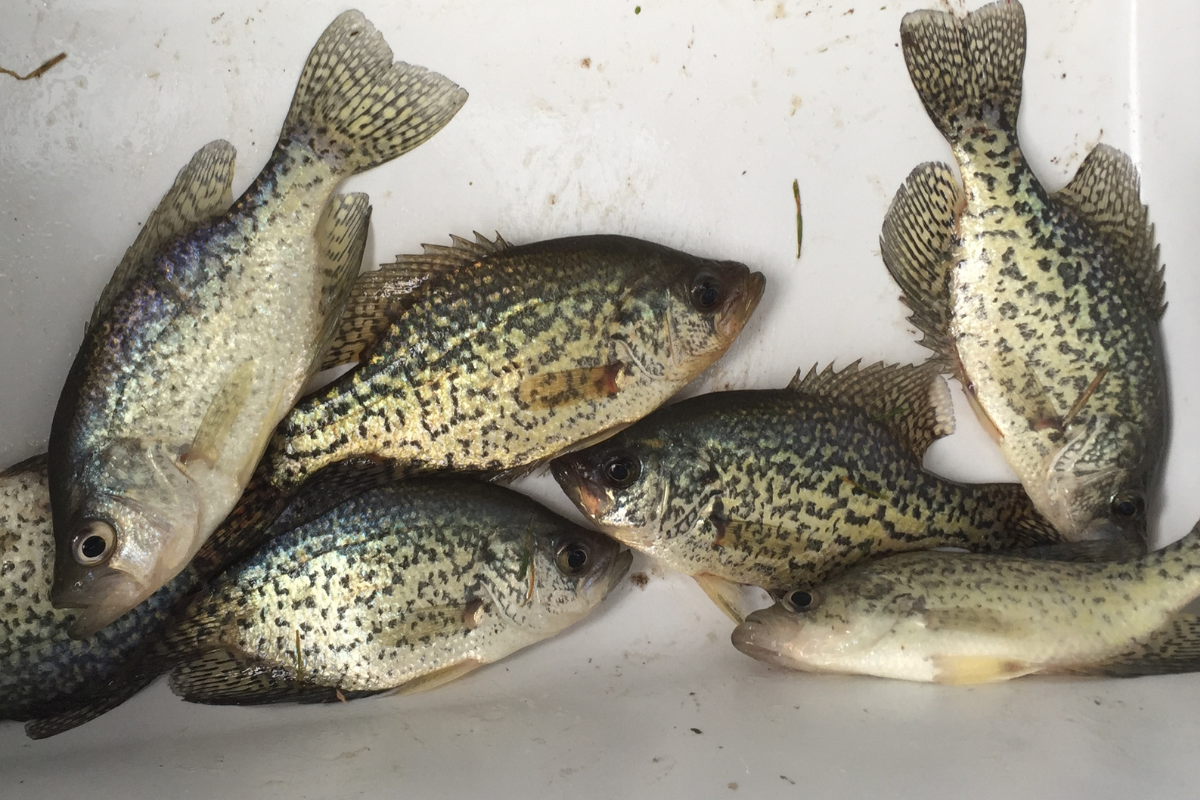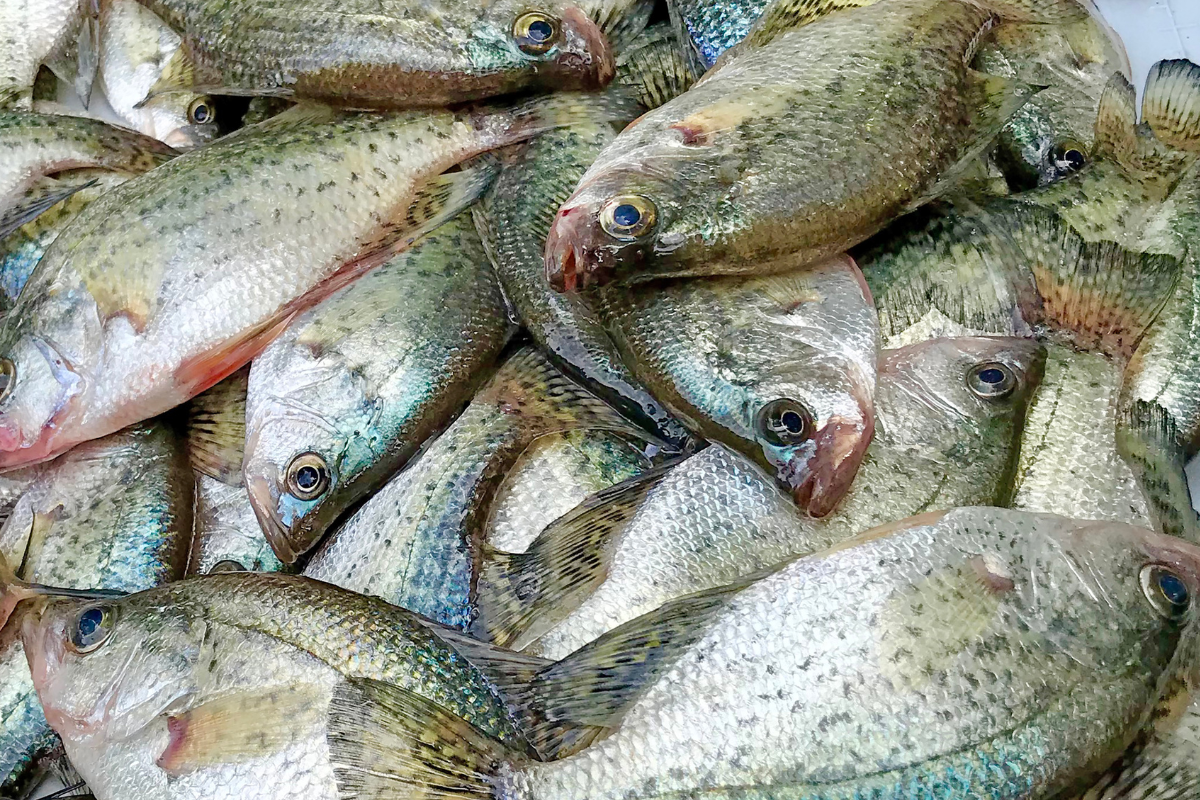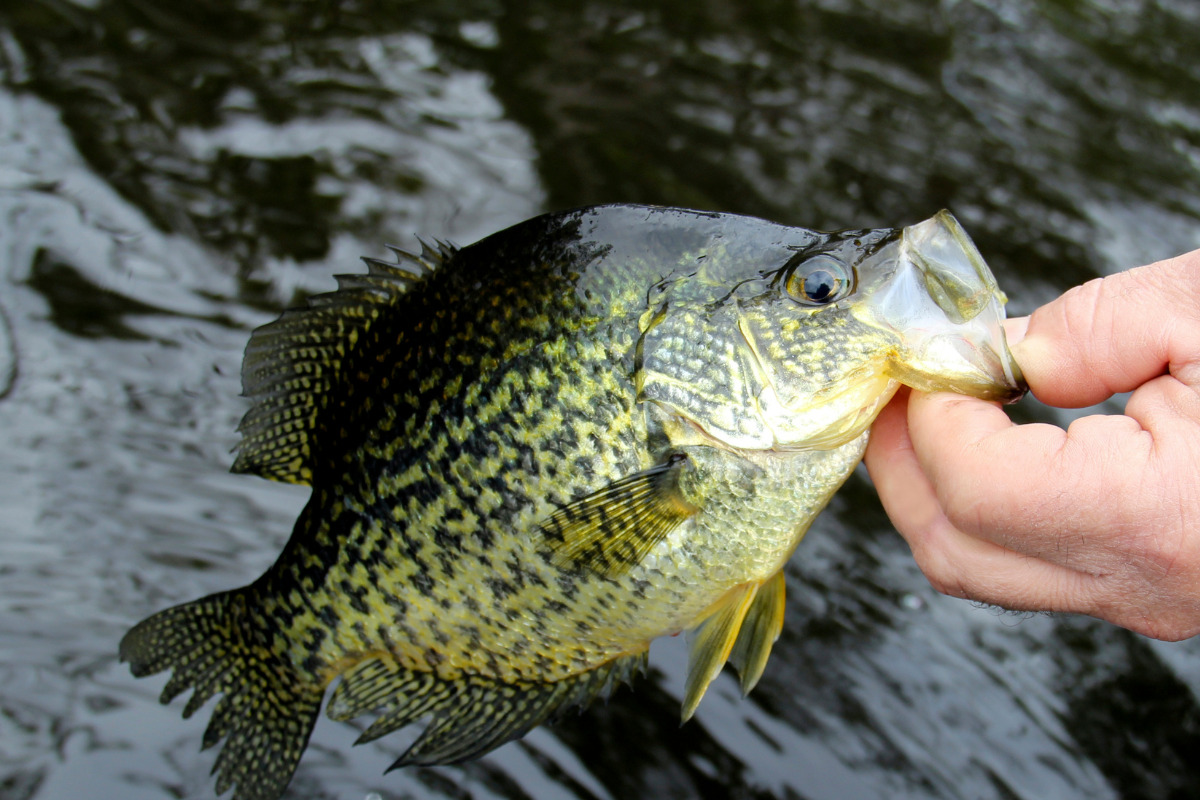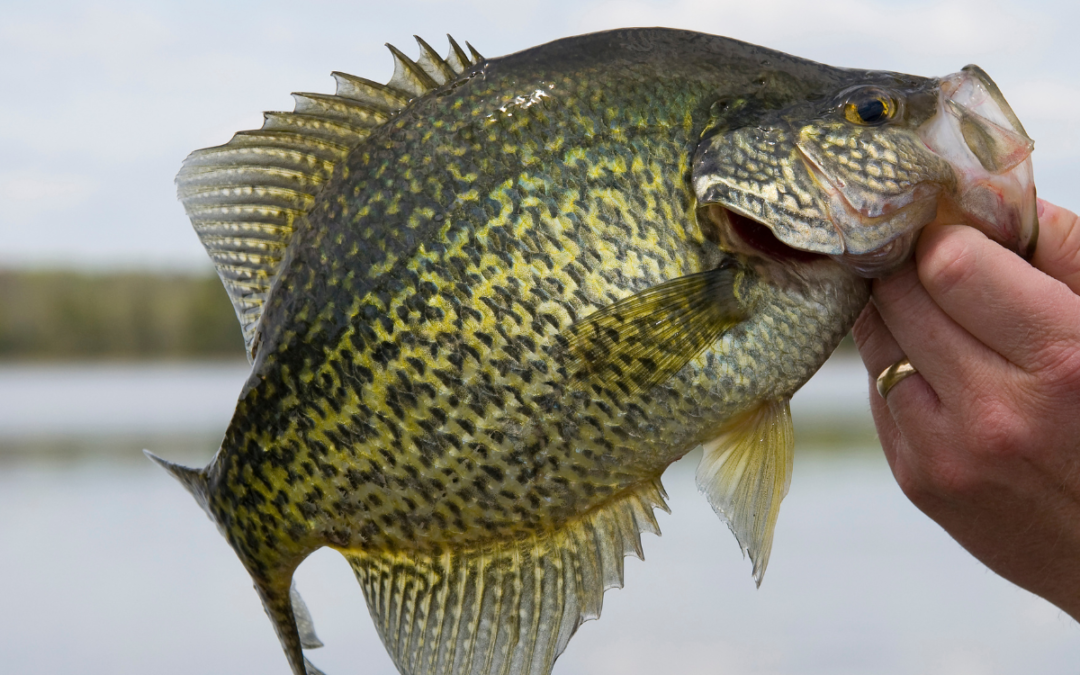Crappie, with their delicious flaky meat and exciting angling appeal, are a popular choice for farm pond owners. However, while crappie fishing offers plenty of rewards, it also presents unique challenges, especially in smaller ponds. Managing crappie populations is crucial for maintaining a healthy aquatic ecosystem and ensuring that other species, like largemouth bass, also have the opportunity to thrive. Below, we’ll discuss why crappie are such a beloved species, the challenges they can pose in smaller ponds, and effective crappie harvesting strategies for sustainable pond management.
The Appeal of Crappie
Crappie, both black and white species, are highly prized among anglers for their taste and abundance. Known for their mild, sweet flavor and versatility in the kitchen, crappie make excellent table fare. Fried, baked, or grilled, they are a favorite catch for recreational fishers and private pond owners alike.
Beyond their culinary appeal, crappie are also a thrill to catch. These schooling fish often congregate in large numbers, making for exciting fishing trips. Dropping a line into a pond teeming with crappie can be a memorable experience, especially when they’re biting.

Why Crappie Harvesting Matters in Smaller Ponds
Despite their popularity, crappie can pose significant challenges in smaller ponds if not properly managed. These fish are prolific breeders, capable of producing large numbers of offspring each year. In small, enclosed ecosystems, this can quickly lead to overpopulation, creating a ripple effect of problems:
-
Resource Competition: Crappie, particularly in high numbers, compete heavily for available forage fish like minnows and shad. This competition can leave other predatory fish, such as largemouth bass, with insufficient resources to grow and thrive.
-
Stunted Growth: When crappie harvesting is non-existent, their growth over time can become stunted. Overcrowded ponds result in smaller fish with fewer resources to reach their full potential, both in size and health.
-
Impact on Other Species: A lack of crappie harvesting and overabundant crappie can diminish the ecosystem’s balance, leading to declines in desirable species like largemouth bass, which are often a focal point for pond owners aiming to grow trophy-sized fish.
Crappie Harvesting Strategies
Effective crappie population management starts with a well-planned harvesting strategy. Unlike largemouth bass, which benefit from selective harvesting of smaller fish, crappie require a different approach to maintain balance.
1. Target Larger Crappie
Harvesting crappie larger than 10 inches in length is a recommended strategy. These larger fish are typically older and have already contributed to the spawning cycle. Removing them helps reduce population density while ensuring that the remaining crappie and other species have access to sufficient resources.
Additionally, catching and keeping larger crappie provides a culinary benefit. These fish offer more meat and are ideal for filleting, making them a prized catch for anglers.
2. Avoid Catch-and-Release in Small Ponds
In small ponds, releasing crappie back into the water can exacerbate overpopulation issues. While catch-and-release is a widely practiced conservation method for other fish species, it is not always ideal for crappie in smaller ecosystems. Releasing undersized crappie into an already crowded pond can worsen resource competition, further stunting growth.
For sustainable management, make a habit of regularly harvesting crappie, especially when they appear abundant.
3. Monitor and Adjust Harvest Rates
Managing crappie populations is not a one-time effort—it requires ongoing monitoring and adjustment. Pond owners should regularly assess the health and size of their crappie populations. If the majority of fish are small and underweight, it may be necessary to increase harvest rates until the population reaches a more balanced state.

Stocking Crappie: Is It Right for Your Pond?
For pond owners considering whether to stock crappie, it’s important to weigh the pros and cons. While crappie are a great choice for those who enjoy fishing and eating their catch, they may not be the best fit for ponds where growing trophy bass is the primary goal. Crappie’s competitive nature and tendency to overpopulate can hinder the growth of bass and other desirable species. If you
If you do choose to stock crappie, ensure your pond is large enough to support them. Larger ponds (over 5 acres) are better equipped to handle crappie populations without significant negative impacts on other species.

Let Us Help with Your Pond!
For private pond owners and anglers, crappie fishing offers excitement and rewards, but responsible practices are essential. By adopting sustainable harvesting strategies and monitoring the ecosystem’s health, you can enjoy the thrill of catching crappie while preserving the pond’s overall balance.
Remember, managing a farm pond is about creating harmony among species. With thoughtful crappie harvesting, you can strike the perfect balance—ensuring plenty of slab-sized crappie for the table while maintaining a thriving aquatic ecosystem for years to come.
If you’re in the south GA or north FL region and need help managing the fish populations in your pond or lake, complete this form and we’ll contact you to schedule a time to meet.

